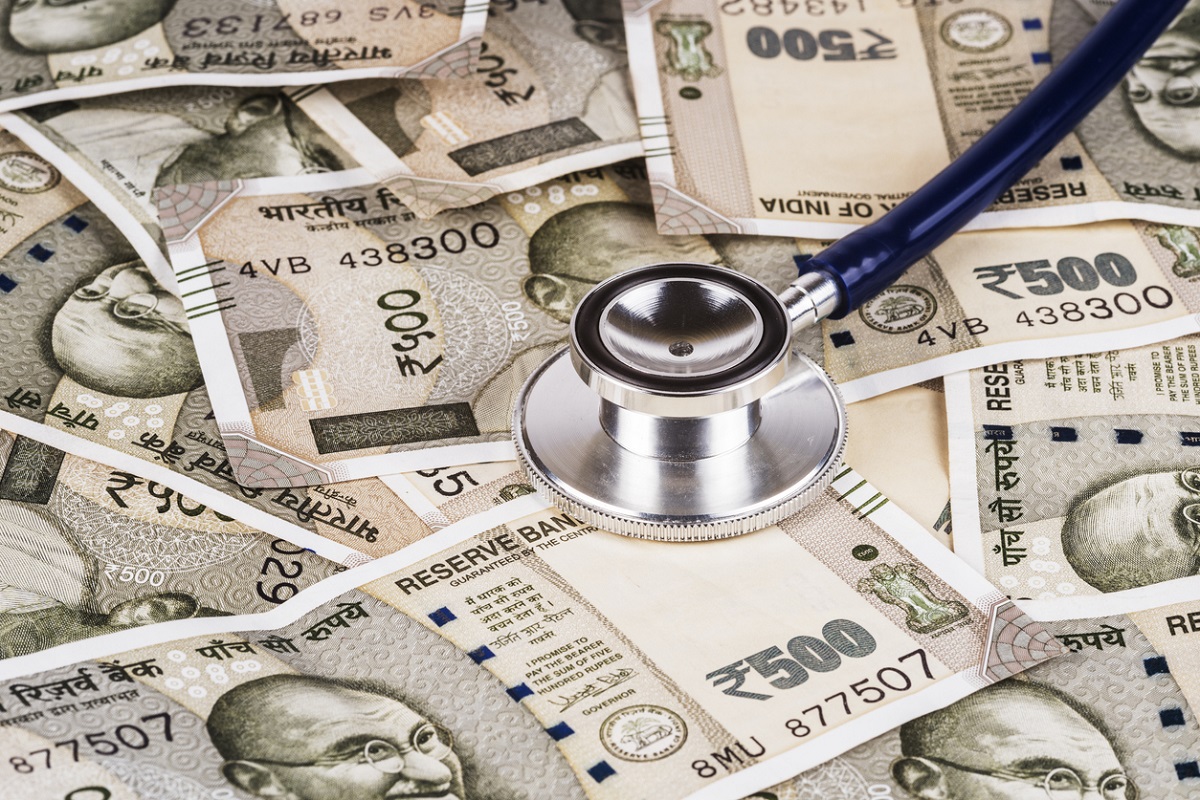Judging by the recently posted tell-tale numbers in at least three critical segments of the Indian economy, it is apparent that things are far from honky-dory.
Even if one were to park the issues of the falling GDP rate, despite having doctored the data, of the agriculture sector being in the doldrums, or the government’s not quite happy debt position for the time being, the hitherto effervescent segments too are providing cause for disappointment.
Advertisement
For starters, the factory output, the index of industrial production, shows a sorry growth of 0.1 per cent this February, against 6.9 per cent in the year-ago period. This worst showing in around 20 months is accompanied by tidings of the entire consumption sector beginning to splutter. From the top automotive maker to the leading fastmoving consumer goods manufacturer there are signs that growth is hesitant.
Indeed, the FMCG story has for several years helped keep the sheen on India’s economic performance even when the other indices were down but as recent reports suggest the steadfast 74-member S&P BSE Fast-Moving Consumer Goods Index, which has had only one bad year since 2006, has some of its most robust performers reporting accumulated double-digit losses in the first five months of the calendar year.
Similar multi-quarter lows are reported in growth in profit by the 124 BSE-listed companies, mainly on account of lower sales in what is described as a ‘sharp, sudden deterioration in short-term demand narrative’ by a domestic investment company. At another level, puncturing a hole in the government’s claims of having added 10.6 million new taxpayers in the financial year 2016-17, some 25 per cent more than the previous year, the incometax department now talks of the surge in “stop filers”, people earlier paying income tax but not doing so now.
This cannot be attributed to delinquent compliance and even official sources believe that the spike has been prompted by a fall in income or loss of jobs during the year. Making matters worse is recent data for 2017-18 showing a drop in the number of tax-deducted-at-source payers, who have not filed returns. Having tom-tommed a great growth story, even the finance ministry is now forced to admit that the economy has slowed down.
That a pro-growth government, expected to jumpstart the economy on both its legs should have led it to a limp is regrettable but, truth to tell, of the two most significant measures taken by the government, demonetisation and GST, the former has failed on all fronts and the latter is still trying to find its feet. Once the dodgy data is cleaned up, as it must be, the true face of the crisis that the next government must address will reveal itself. Not a happy augury for the victor at the hustings.









